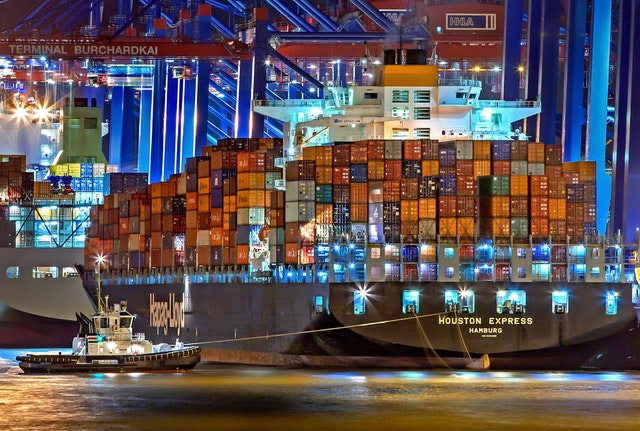Few farm export industries have reaped as much value from the past decade of booming Chinese food trade with Australia as our dairy sector.
China, now our biggest offshore dairy market, is worth close to $1 billion a year to farmers and processors, or 30 per cent of our total dairy export earnings.
It’s a far cry from its ranking as Australia’s 19th biggest market 25 years ago.
Yet, plenty of other parts of Asia offer similar growth potential, if not at quite the same rate as hungry China has grown since its melamine milk powder scare in 2008 triggered surging growth in powder and other milk product imports from around the globe, including “clean and green” Australia and New Zealand.
While unease about an all-out “east-west” cold trade war is undermining some exporter confidence in Australia’s strong trade ties with China, Dairy Australia’s trade and industry strategy manager, Charles McElhone, noted our total share of China’s dairy market was barely 5pc.
Europe, New Zealand were big suppliers, and potentially more vulnerable to trade tensions.
US dairy exports to China were worth about $800 million last year, making it America’s third biggest market – but with US exports now subjected to tariffs of 20pc-plus imposed by Beijing in response to tariffs on Chinese dairy equipment selling to America.
“We still export to a diverse spread of more than 100 markets around the world, and dairy is very much central to the changing diet and protein demand picture in other parts of Asia, and the Middle East,” Mr McElhone said.
“South East Asia has a lot of developing income and economic growth happening and we see these markets bolstering dairy demand significantly – although not transitioning as fast as China did.
“We do hear a lot of noise around the trade tensions with the US, which is certainly creating disruption in areas like steel, aluminium and US grain markets, but world trade is never stagnant.”
He noted the US, China, Mexico, Turkey, Russia and others all featured in various trade disputes at the moment.
More immediate concerns have centred on what might happen to US dairy stocks normally sold to China, particularly if American farmers maintain production, insulated by President Donald Trump’s $6.6 billion subsidy package released in September.
About $180 million in direct payments to US dairy farmers caught in the crossfire of the US-China trade war could see product, particularly milk powder, butter and cheese, offloaded into new markets and weighing down global prices.
The US dairy lobby says since June it has lost more than $1.5 billion in sales to China and Mexico in retaliation against US metal import tariffs.
“The impact on Australia is, unfortunately, something we have to ride,” Mr McElhone said.
“Back in 1973 we had to accept the massive loss of our largest dairy market (55,000 tonnes) when Britain joined the European Common Market.
“But, overall the signals and investment coming into Australia in the past five years suggest the global companies are excited by the growth on our doorstep and they want to be part of our predominantly pasture-based dairy industry’s diverse export opportunities.”
Australia was also fortunate to have a diverse portfolio of exports, not weighted heavily towards bulk commodity products such as milk powder – a mainstay for NZ.
One of our biggest growth areas, aside from nutritional formula products, was the market for pizza cheese and other cheeses generally.
Japan, already Australia’s biggest cheese buyer, is our second largest dairy customer worth $430 million.
Despite being a developed economy Japan still had plenty of growth potential for exporters.
Its domestic dairy herd production was declining and national dairy consumption, at 85 litres per capita, was still well behind Australia at 300 litres.
Article sourced from https://adf.farmonline.com.au
Read more articles about the Chinese demand for dairy products here.



